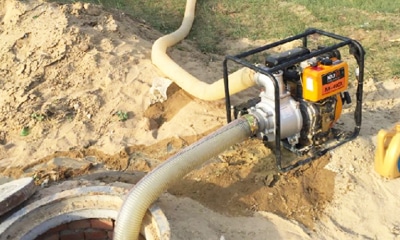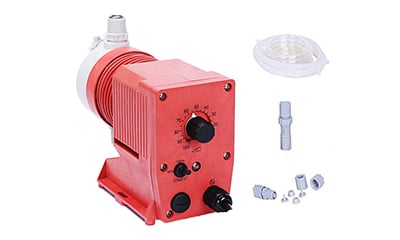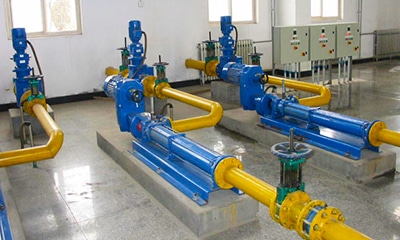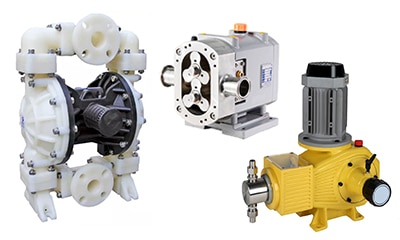Water pumps are extremely versatile tools that can solve a variety of problems and make your life easier than you ever thought possible.
From a sprinkler pump for your lawn to a well pump for your home, to a sump pump on a job site, a submersible utility pump or a pump for flood cleanup, all pumps are designed to move water from one place (the basement) to another (outside).
How to choose a water pump
There are many different factors to consider in order to choose the perfect pump for your desired application.
Electric Water Pump
Electric water pumps Electric water pumps are ideal for indoor use. Most are 120V and will plug into a standard household outlet. If you choose the 230V variety, make sure you have the electrical cord to support it. While not as powerful as gas-powered models, electric water pumps require less maintenance because you don’t have to worry about oil changes and other maintenance. You’ll need to operate these units within the extension cord length of the power supply, so if you have mobile pumping needs, use a pneumatic model.
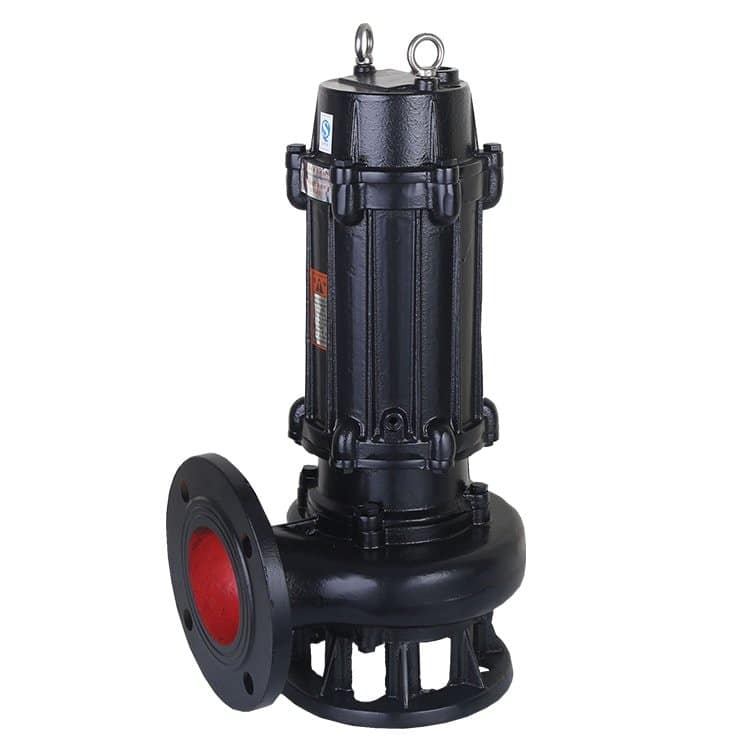
Gas Powered Water Pumps
Gas-powered water pumps Pneumatic water pumps are commonly used for irrigation on job sites and farms. With powerful engines, these pumps can deliver up to 750 gallons of water per minute (GPM). If you need to move large amounts of water, such as a flooded basement, then a gas dewatering pump is exactly what you need. IMPORTANT: Pneumatic pumps produce carbon monoxide emissions, so they must be used outdoors.
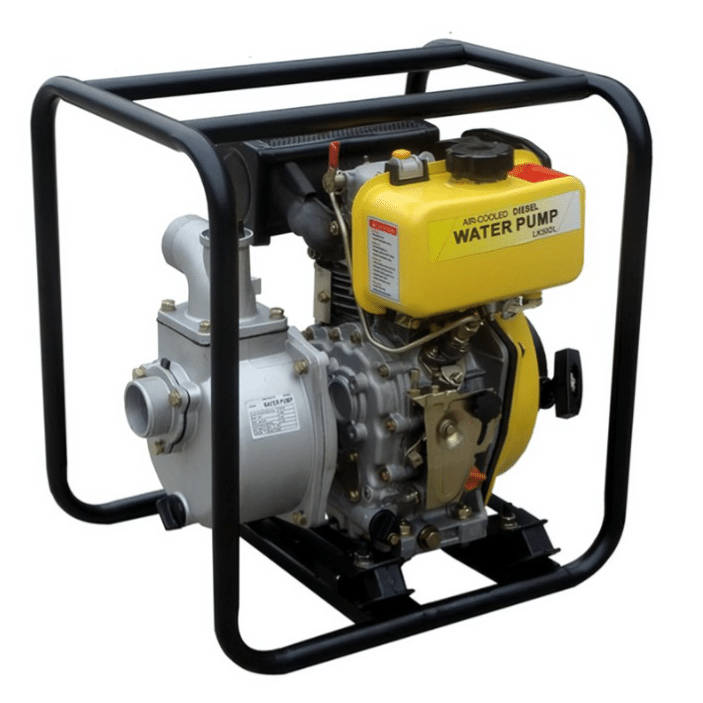
Solar Water Pumps
Solar water pump (also known as photovoltaic water pump) is the most attractive water supply method in sunlight-rich areas in the world today, especially in remote areas where electricity is scarce. The operation of the solar water pump is controlled and adjusted. The electric energy from the solar array is used to drive the water pump, and the output frequency is adjusted in real time according to the variation of sunshine intensity, so that the output power is close to the maximum power of the solar cell array.
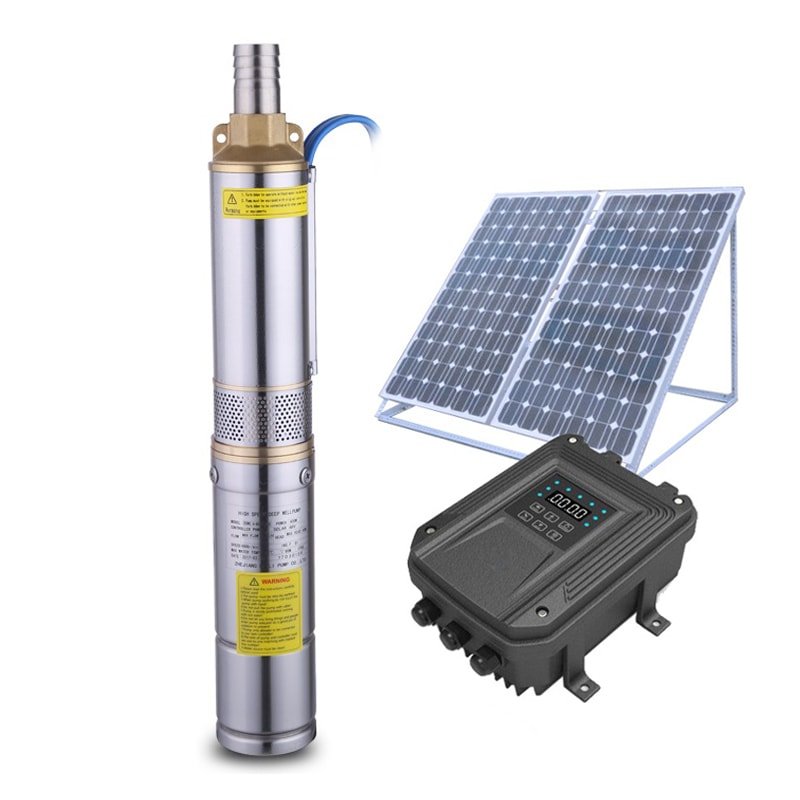
Water Pump Applications
The second most important thing to consider when choosing a water pump is the application you need it for. There are many types of pumps available and all are built for specialized applications. Click on the links below to learn more about each type of pump and its most common applications.
- Dewatering pumps to move clean water from one place to another
- Trash pumps for moving large volumes of dirty water quickly
- Tractor-driven power take-off (PTO) pumps
- Submersible utility pumps for various water removal applications
- Booster pumps for increasing pressure in water installations
- Sprinkler pumps for watering lawns, gardens or farmland
- Well pumps for domestic shallow and deep well systems
- Specialized pumps for ponds, fountains, sprinklers, pool covers, etc.
How to properly size a water pump
The next step in selecting the right pump is to make sure it is sized correctly. The most important factors to consider when sizing a pump boil down to the GPM/PSI rating, the inlet/outlet size of the water and hose, the height in vertical feet needed to pump the water, called the total head lift, and the distance needed to pump the water horizontally.
Important factors to keep in mind
Total head (THL), suction head (SH) and gallons per minute (GPM) ratings are all important indicators to guide you in sizing your pump, as they help determine how much water the pump can move and how fast the pump can move to get the job done.
Suction head is the vertical distance pumped from the water source to the pump. The higher the pumping needs to be, the more difficult it will be for the pump to resist gravity. This number is especially important for deep well applications or pond drainage.
Total Head is the total height from the water source to the final destination. This number will give you an estimate of the “power” required for the pump to move the water a certain distance.
Gallons per minute is a measure of how many gallons per minute the pump can move.
How to choose an inlet/outlet size
Water Pump Inlet Pipe If you need a pump with different inlet/outlet size options, then you just need to know that they work the same way regardless of their size. The pump draws in water through the inlet valve and discharges it through the discharge valve. a 4″ dewatering pump may do its job faster than a 1″ pump. Also, remember that no matter what size inlet your pump has, you must use that size inlet or suction hose. Do not reduce the diameter of the inlet/suction hose.
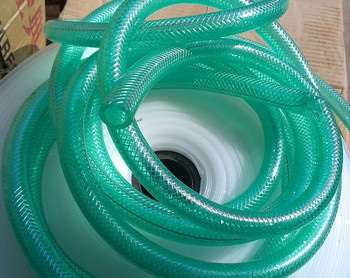
Water Pump Accessories
Many accessories are available for pumps making them more useful and versatile than ever. For most dewatering pumps, you will need a discharge hose and an inlet hose, and may need a suction filter to prevent solids from entering the pump, or in the case of using a gas pump to pump out of the basement, you will need a hose kit This allows you to place the pump outside while using the suction hose and filter remotely.
For household pumps such as well pumps, booster pumps and ejector pumps, you may need check valves, float switches or water alarms. Or, you may fancy replacing your own wheel kit, hydraulic power unit, impeller kit, or control box for electric inserts. Whatever your pump needs, we’ve got you covered.

